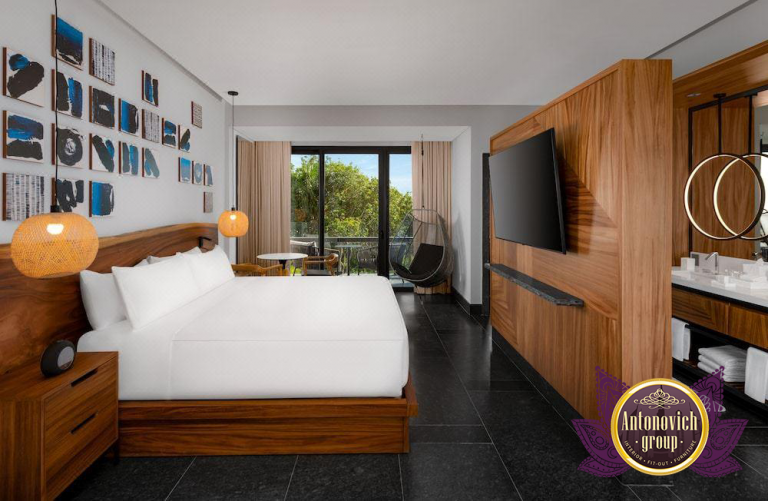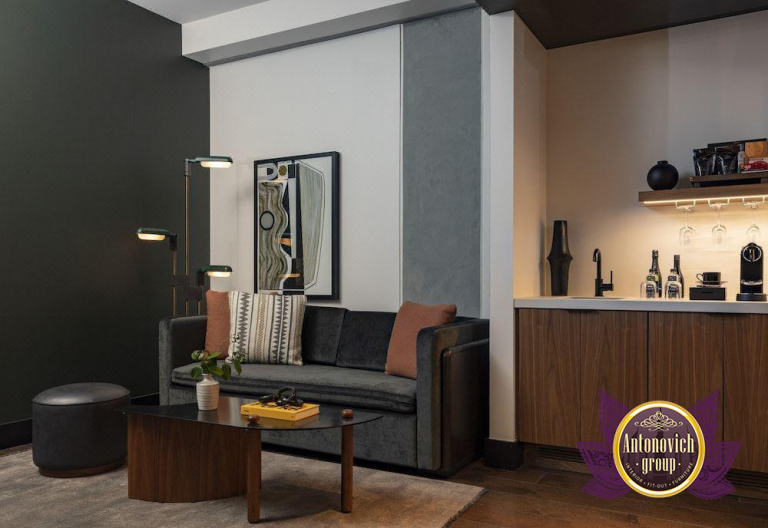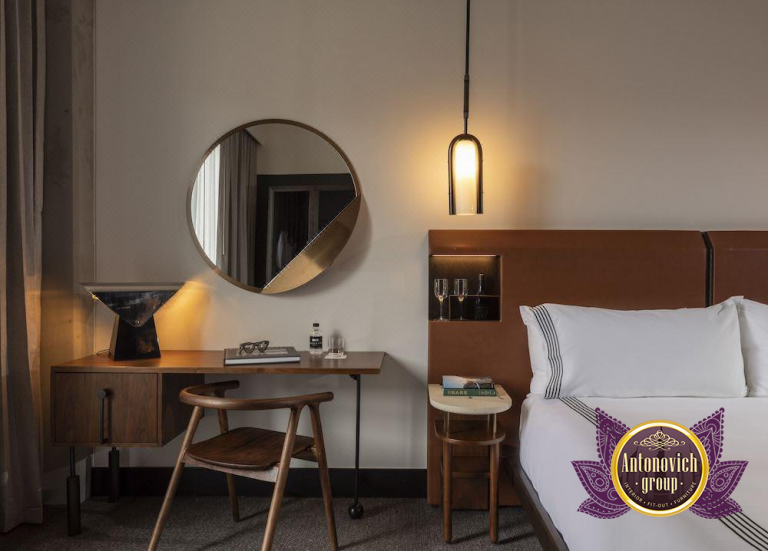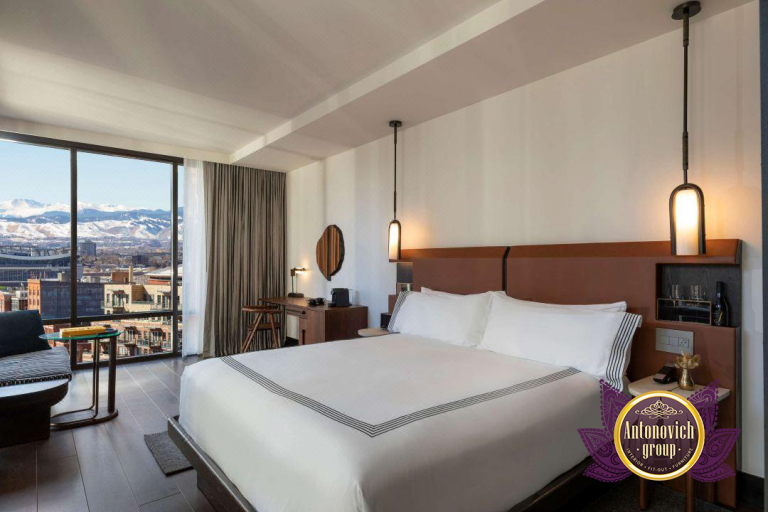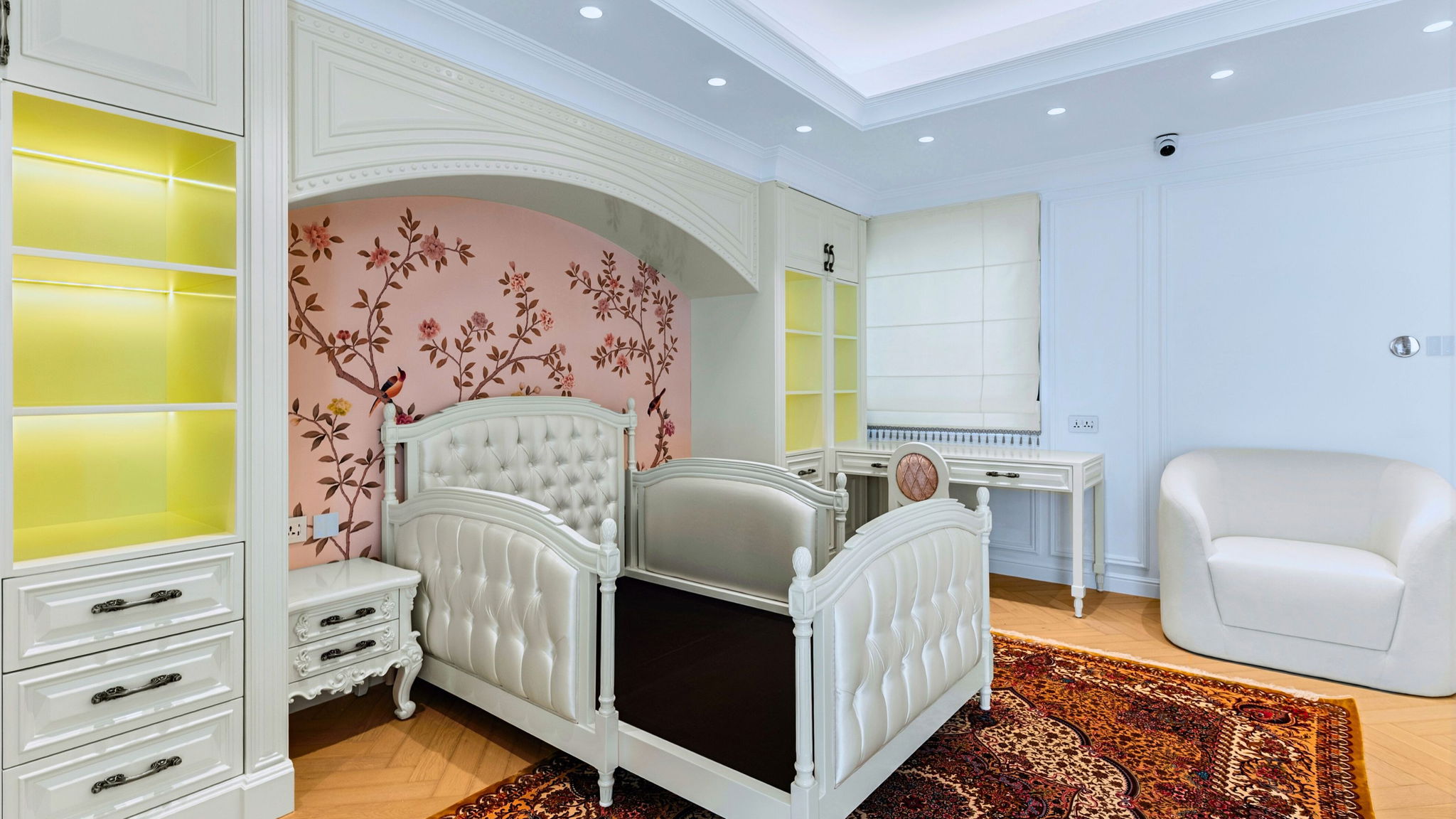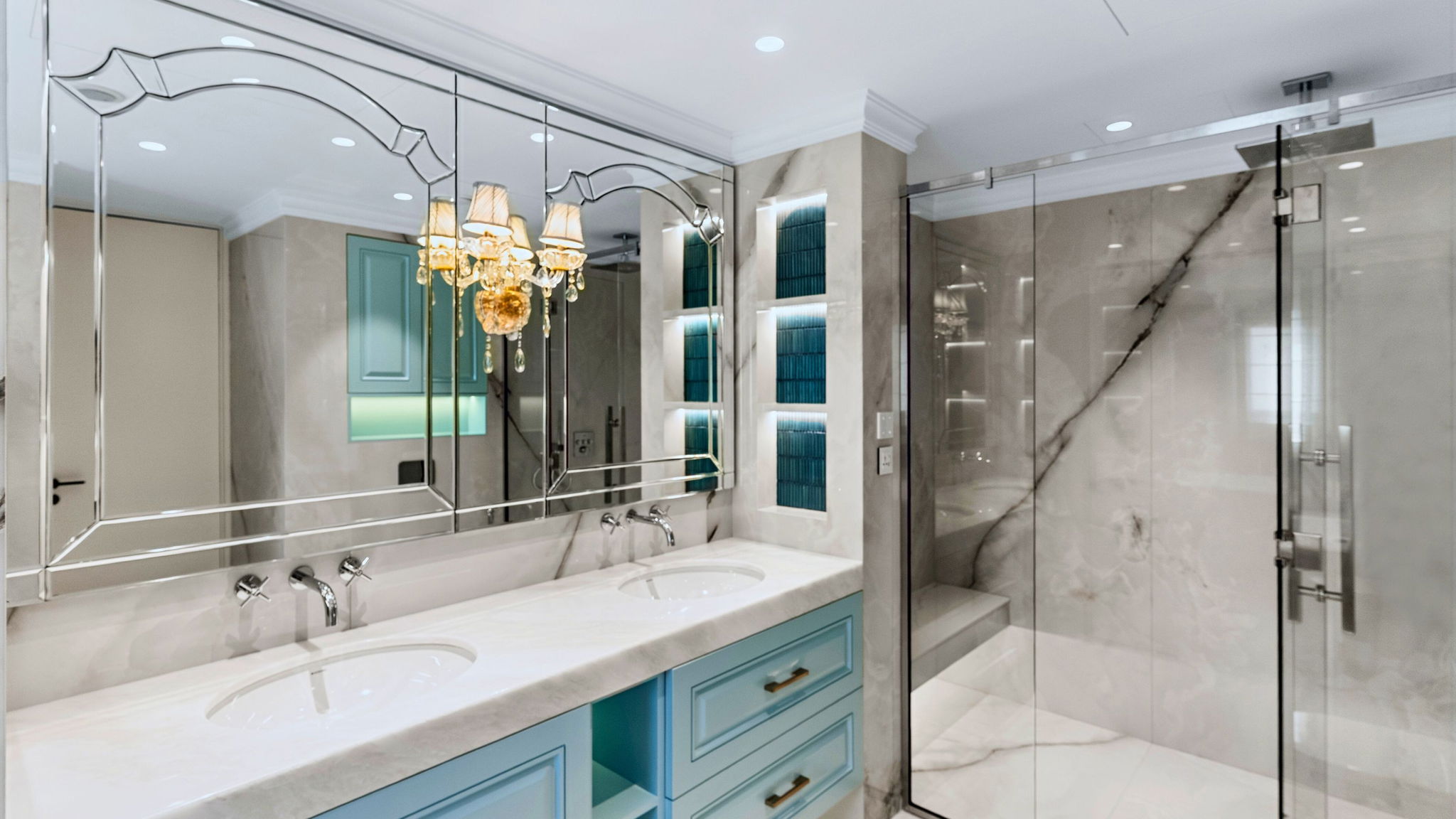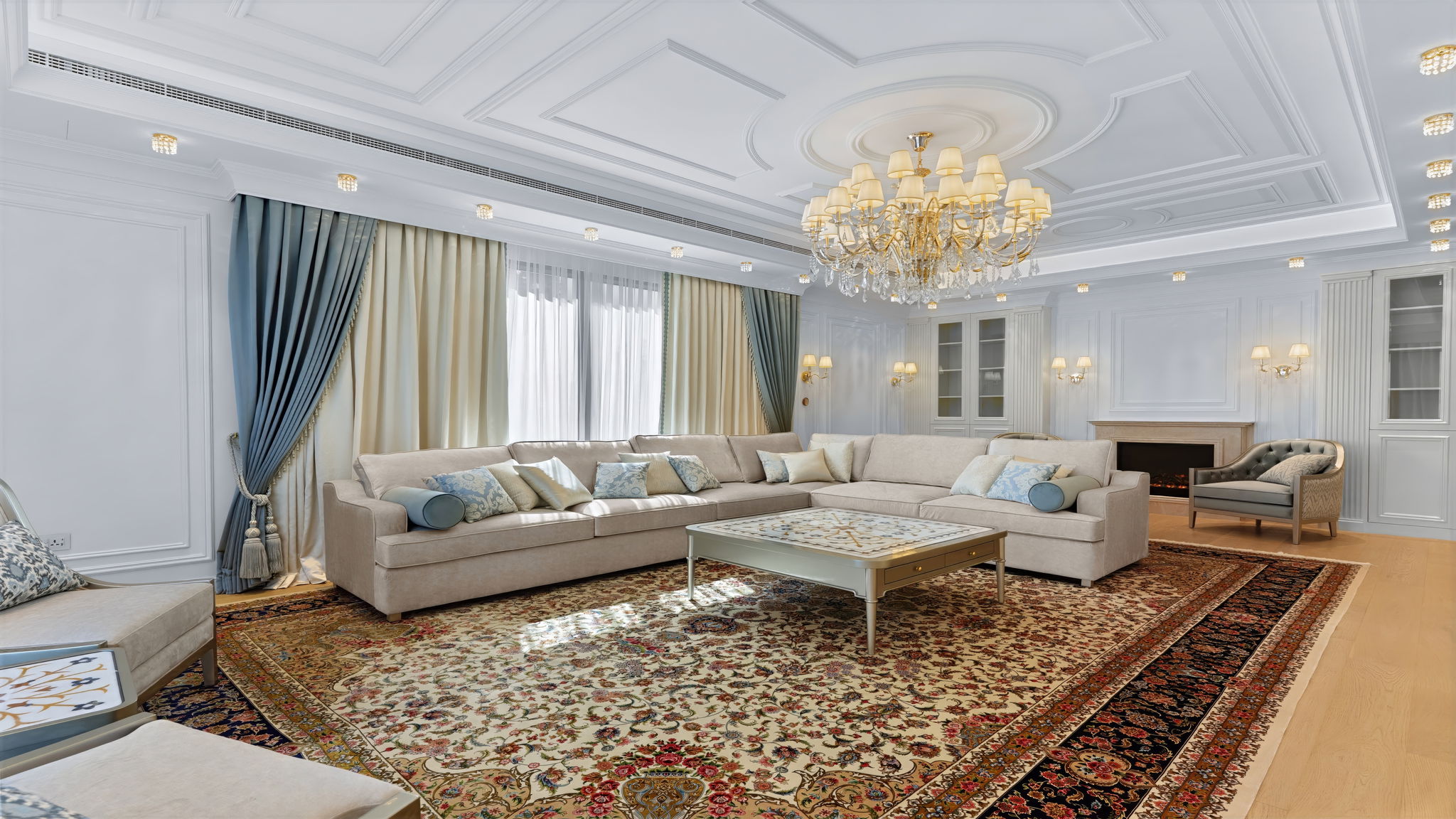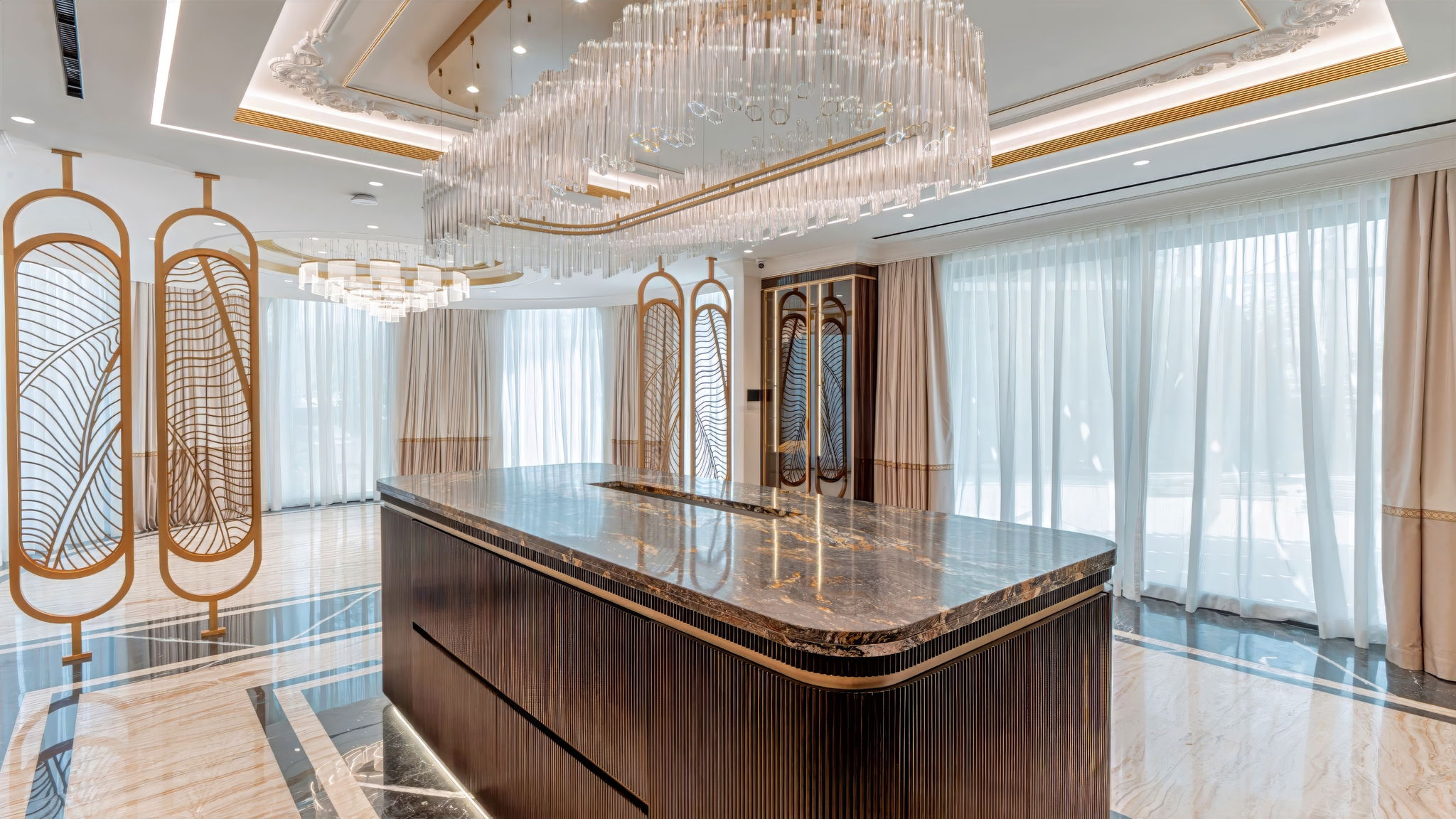WAYS TO INCORPORATE WOOD INTO HOTEL ROOM DESIGN
Wood is an excellent choice for hotel room interior design. Not only does it offer a warm and inviting aesthetic, but it is also durable and sustainable. There are many ways to incorporate wood into hotel room design, from furniture to flooring to wall paneling. In this article, we will explore the benefits of using wood in hotel room interior design and how it can enhance the guest experience. We also consider how an architecture and engineering firm can guide those choices. Firstly, wood creates a sense of comfort and relaxation in hotel rooms. The warm and natural look of the wood makes guests feel more at home and at ease. By using wood accents throughout a hotel room, you can create a cozy atmosphere that promotes rest and relaxation, which is especially important in the hospitality industry.
Secondly, wood is incredibly versatile and can be used in a variety of ways. For example, wood can be used as flooring, wall paneling, furniture (see the modern TV stand collection), and even ceiling details. Each of these elements can contribute to the overall design of the room and create a cohesive and inviting space. One of the most popular ways to use wood in hotel room design is through furniture. Wooden furniture can range from rustic to modern, and may be coordinated with an amazing dining interior, depending on the finish used. Darker wood stains can give a more traditional and luxurious feel to a room, while lighter wood stains can create a more contemporary and minimalist look. Wooden furniture is also incredibly durable and can withstand frequent use from hotel guests.
Another way to incorporate wood into hotel room design is through flooring. Wood floors are not only aesthetically pleasing but are also very durable and easy to clean. They are particularly popular in high-end hotels, as they give the room a sense of luxury and sophistication, and in adjacent spaces like an elegant dining room. Wooden floors can be stained or painted to match the overall design of the room, and they can also be refinished or sanded down if they become worn or damaged. Wooden wall paneling is also a popular design element in hotel rooms. Paneling can be used to create a focal point in the room, such as behind the headboard of the bed or as an accent wall. See related girl bedroom ideas for bedroom paneling examples. Wooden paneling can create a sense of warmth and texture, and it can also help to soundproof the room. In addition, wooden paneling can be easily cleaned and maintained, making it a practical choice for hotel rooms.
Finally, wooden ceiling details are another way to incorporate wood into a hotel room design. Exposed wooden beams or a wooden coffered ceiling can create a sense of grandeur and elegance, especially in larger hotel rooms. Wooden ceiling details can also add a touch of warmth and texture, and relate to outdoor features like choose a pergola. In addition to the aesthetic benefits, using wood in hotel room design is also sustainable. Wood is a renewable resource and can be sourced responsibly. In fact, many hotels are choosing to use reclaimed wood in their design, which not only reduces waste but also adds character and history to the room. Similar layout inspiration appears in family sitting in modern luxury.
Overall, using wood in luxury room interior design is a great choice for its versatility, durability, and sustainability. Whether it's through furniture, flooring, wall paneling, or ceiling details, wood can create a warm and inviting atmosphere that promotes relaxation and comfort for hotel guests. So, if you're designing a hotel room, consider incorporating wood into the design for a timeless and sustainable aesthetic.



